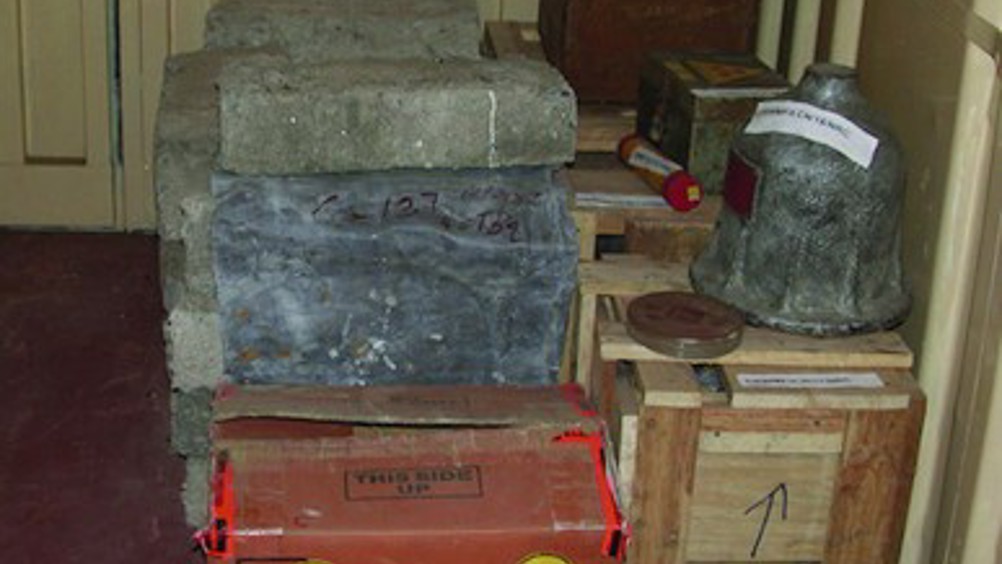New tool aims to foil nuclear trafficking
Coupling commercially available spectral X-ray detectors with a specialised algorithm can improve the detection of uranium and plutonium in small, layered objects such as baggage.

This approach, described in the Journal of Applied Physics, is claimed to enhance the detection powers of X-ray imaging and may provide a new tool to impede nuclear trafficking.
The study was conducted by a joint research team from the University of Texas at Austin (UT) and the US Department of Energy’s Pacific Northwest National Laboratory (PNNL).
‘We first had to develop a computational model for how X-rays move through materials and how they are detected so that we could predict what an image will look like once the radiation passed through an object,’ said UT’s Mark Deinert, one of the authors on the paper. ‘With that in hand, we applied an ‘inverse algorithm,’ varying the composition of the object until the predicted image matched the measured one. We also gave our algorithm additional details about density and other factors—a process called ’regularisation’— to adaptively enhance its ability to discriminate materials.’
Register now to continue reading
Thanks for visiting The Engineer. You’ve now reached your monthly limit of news stories. Register for free to unlock unlimited access to all of our news coverage, as well as premium content including opinion, in-depth features and special reports.
Benefits of registering
-
In-depth insights and coverage of key emerging trends
-
Unrestricted access to special reports throughout the year
-
Daily technology news delivered straight to your inbox










Simulations show Optimal Design for Bladeless Wind Turbines
"an 80cm mast" Really? I'm short but that's only half my height! Do they mean 800cm?